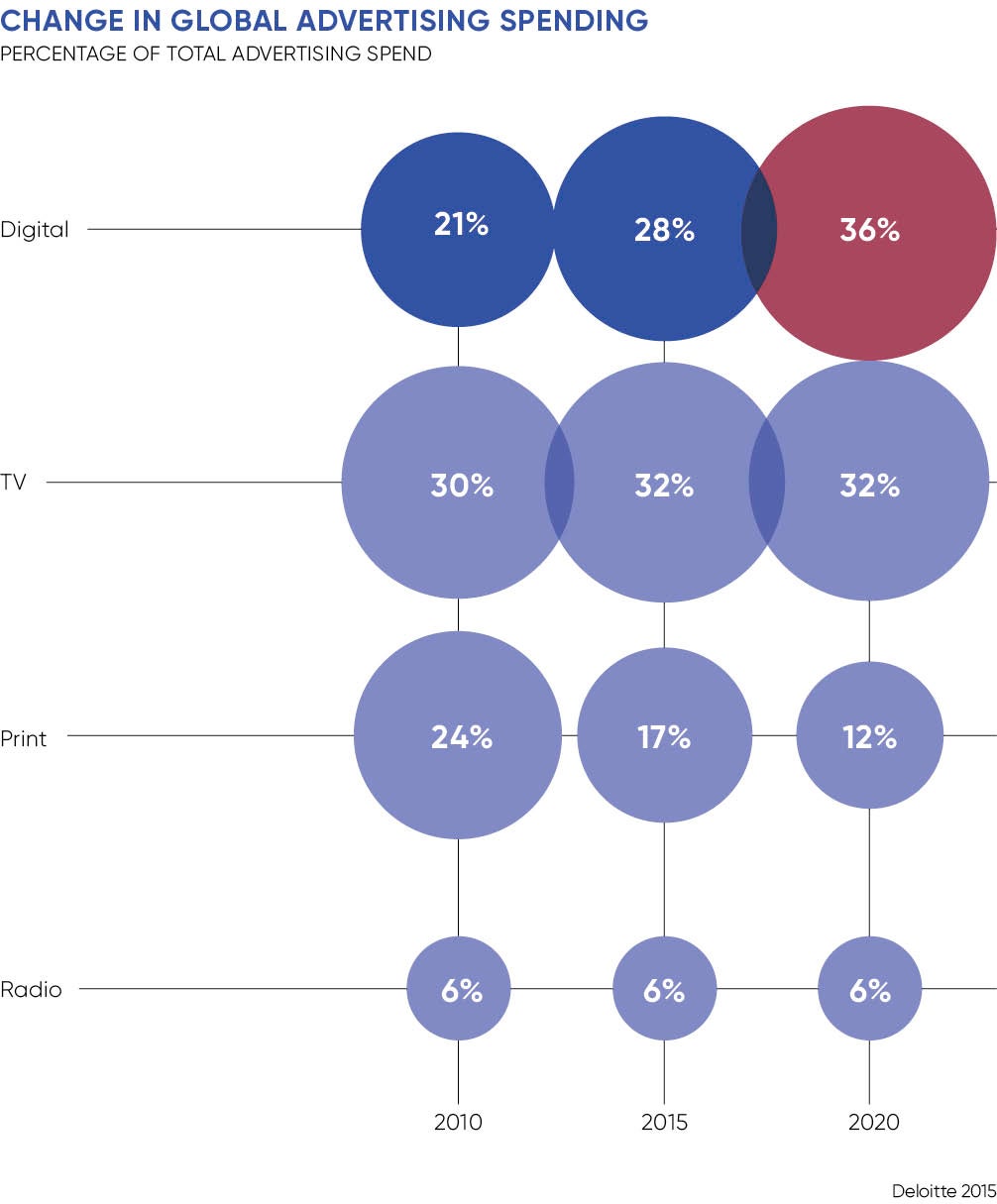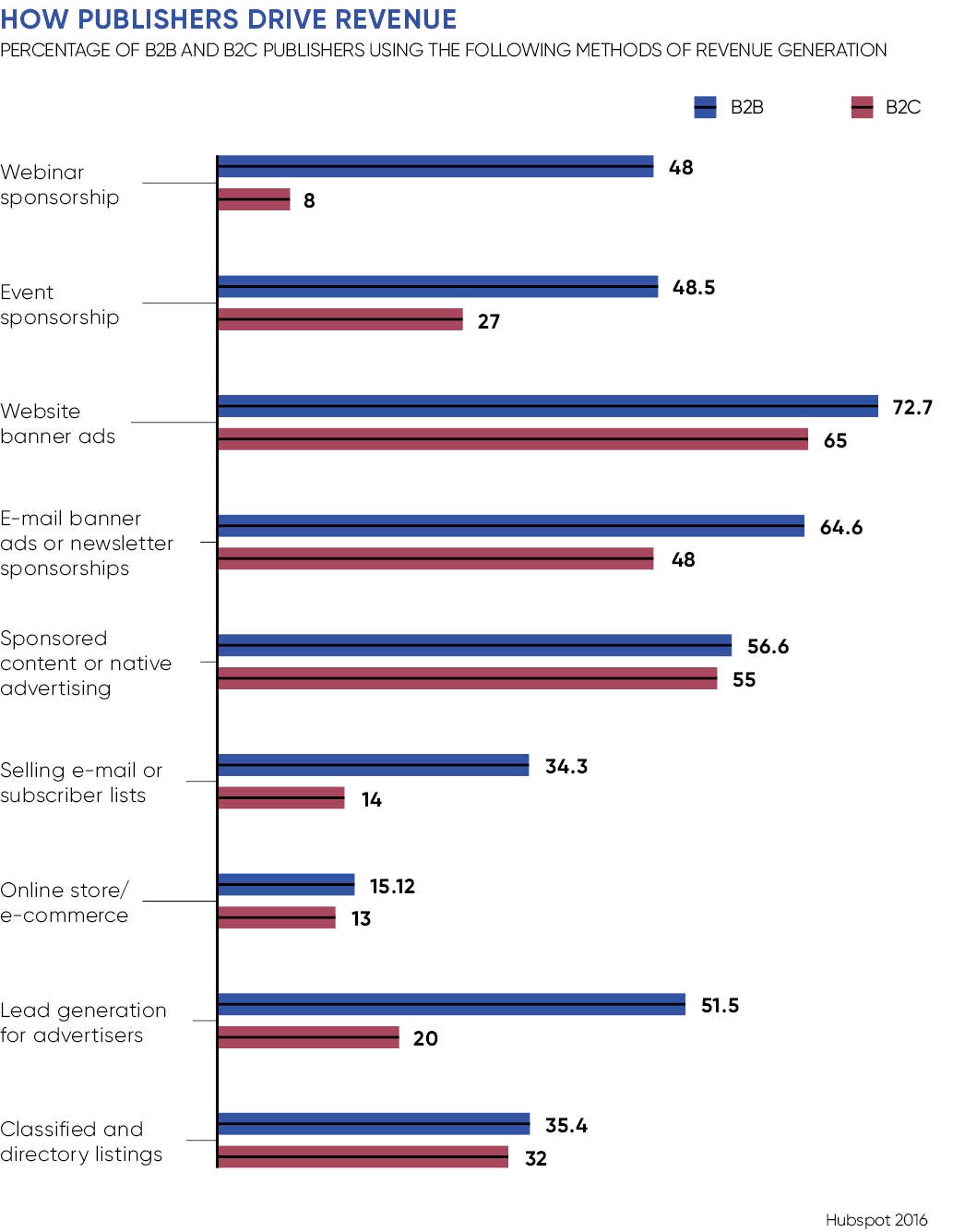It’s been more than 350 years since newspapers began rolling off printing presses in Britain, yet despite this heritage, disruptions over just a few short years have left the industry facing a potentially bleak future.
Few would debate the importance of a free press to act in the public interest and hold institutions to account when the layman alone could not. To educate, to inform, to inspire, to challenge and to entertain. Most of us tend to start our day consuming the news and journalistic opinion in one way or another. But how we do so has changed radically.
Cast your mind back just a little over a decade, to a time before the iPhone, Twitter or Facebook. Our relationship with news and the media was, typically, with a publisher. We’d entrust a newspaper editor to curate and package content for us that would broadly be in line with our interests, in much the same way as we used to behave with music albums and TV channels before both faced their own digital disruption. And we’d then typically consume it in one or two reading occasions, be that over breakfast, during the commute or in a pub on a Sunday morning.
Today, however, our relationship with publishers and the media is radically different. Our relationship tends not to be with one trusted publisher, although many of us will still have favourite newspapers, magazines or journalists. Our access point is no longer solely through the bundle of pages which land on our doormat. And our reading occasions have moved from defined and limited occasions to an always-on, always-connected existence, where we’re exposed to and accessing content day and night, even when we’re not doing so intentionally.
Horizontalisation of media
It’s a shift which Tom Goodwin, executive vice president and head of innovation at Zenith Media, describes as the “horizontalisation of media”.
“We’ve always lived in a world of quite tight verticals – the ecosystem of TV, the ecosystem of newspapers, the ecosystem of magazines,” Mr Goodwin explains. “They’ve always been quite tightly defined and vertical in their nature, but what’s happened over the last few years, however, is that the industry has effectively flipped 90 degrees.
“We now have two forces at play: customer interface companies and technologies, such as Apple News, Twitter or Facebook, which aggregate content from a wide range of different sources and distribute it; and then we still have the people who make the content, but they’ve effectively been relegated to the role of a production company.
“The tough thing for content producers is that they can’t monetise it as easily as they used to. Being intermediated means they don’t have the depth of customer data they otherwise would. Also, as advertisers, we’re no longing buying ‘content’ as a proxy for eyeballs, we’re buying audiences. For instance, we no longer buy a TV programme about cars, we buy an audience who are interested in cars wherever they happen to go on the internet.”
Mr Goodwin concludes: “As a result, the dynamics for quality content makers in particular are very challenging. Expensive content used to be rewarded. Well researched, beautifully produced content would usually attract a desirable audience that you could charge more to reach. Now, however, when you combine changes in audience buying and changes in how consumers access news and information, it’s suddenly very challenging.”

How publishers have reacted
Publishers haven’t taken these challenges lying down, but few would argue that the industry has solved what has fast become an existential challenge.
An early attempt to defend against declining advertising revenues came in the form of paywalls – restricting access to content to those who participate in a value exchange, either providing data, which itself has a monetary value, or paid subscriptions. The approach has varied across publishers, with some providing teaser content, such as the first 100 words of an article, others allowing non-registered or subscribed users to view a limited amount of articles before having to make a contribution.
As the approaches have varied, so have the results. Some news brands have reversed their moves following falling readership numbers, others have seen reduced revenues but an improvement in profitability thanks to committed subscribers and therefore higher-value advertising inventory.
When you combine changes in audience buying and changes in how consumers access news and information, it’s suddenly very challenging
Other brands have turned to what’s often referred to as “creative advertising solutions” or “native advertising”. As the term suggests, native advertising allows businesses to create, fund or influence editorial content which supports their brand’s ambitions and positioning. More subtle in design and placement than the traditional advert or advertorial, native advertising is designed to blend in with editorial content created by the publisher themselves, thereby benefiting from greater credibility by association. For some consumers and journalists alike, however, this blurring of the line between commercial interests and editorial integrity is at best concerning or, worse, deceptive.
Another recent development in publishers’ quests to fund quality journalism is micropayments enabling readers to buy one or more pieces of content at a time, without the need to commit to a full subscription. While some herald this as something of a panacea, its biggest shortcoming at present is the lack of universal standards or platform. The reasons iTunes was so transformative for the music industry is that it was simple for the customer. You didn’t require a different payment provider or username when buying a record from Universal Music or Sony Music, it was seamless.
The future of publishing
Today, it’s apparent that while some publishers have experienced success in isolation, the industry as a whole has yet to reconcile what its long-term commercial model looks like and the fragmented approach that’s been pursued to date doesn’t seem to have advanced the cause for the collective good.
Looking to the future, Zenith Media’s Mr Goodwin adds: “It wouldn’t surprise me if we started to see other companies coming in and bundling things. What if your O2 or T-Mobile contract also gave you access to everything from Condé Nast? Or take what Hulu did for TV or what Spotify did for music. Those companies are largely owned by the TV stations or the record stations. It wouldn’t surprise me if we saw more collaboration, for example, Condé Nast, Hearst and Time coming together to define the future for their content distribution, where for £5.99 a month you get access to everything they produce.
“Increasingly our relationship isn’t with the producer, it’s just with the article. The atomic unit of content we consume is just the article. Everyone who assumes we want to subscribe to an individual publication is probably wrong, unless there’s something fundamentally unique about the value of that publication.”
Horizontalisation of media


